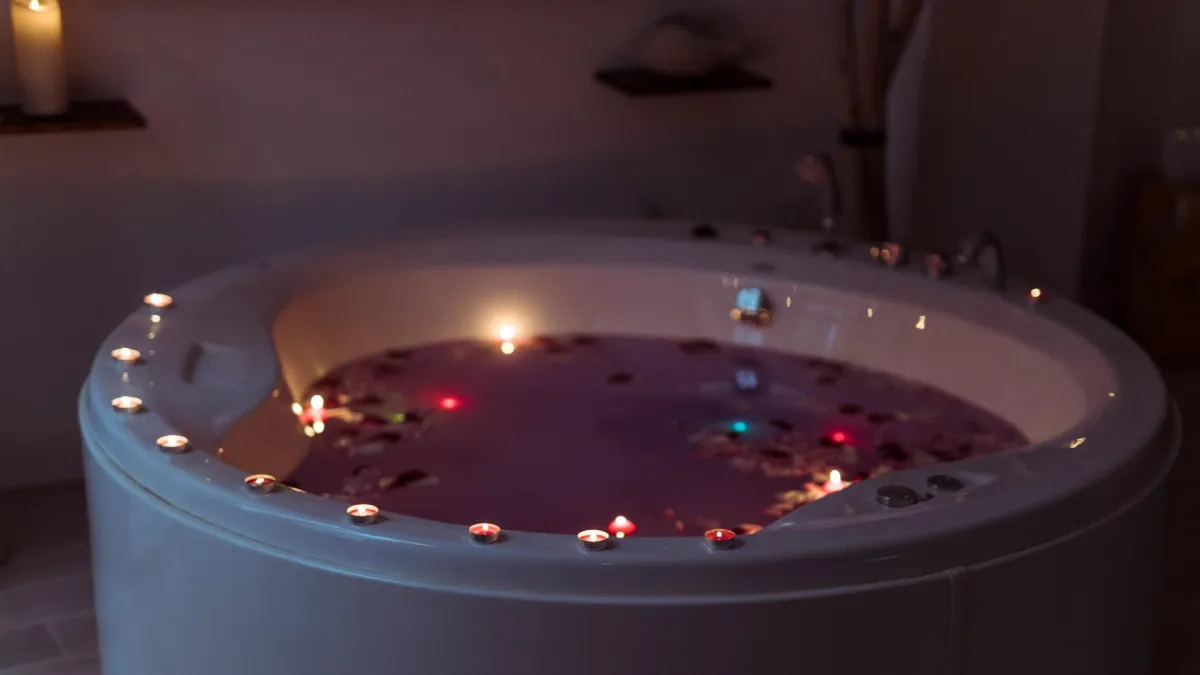ELectrician IN LEHI, UTAH

Spa and Hot Tub Electrical Hookups: Safety Tips for Washington City
Introduction
Putting in a spa or hot tub is a wonderful upgrade for your backyard oasis. But where water and electricity meet, safety must always be the top priority. For residents of Washington City (and in nearby Utah County), understanding the right electrical setup, code requirements, and risks ensures your spa is a relaxing addition—not a hazard.
In this blog, you’ll learn how hot tub electrical systems work, what safety standards to follow, a step-by-step guide for safe installation, common pitfalls, FAQs, and how to make sure your setup is reliable and code-compliant.
How Spa Electrical Hookups Work and Why They Matter
Before installation, it helps to know the basics of spa wiring and the role safety devices.
Spas and hot tubs require significant power (often 240 volts) to run heaters, pumps, lighting, and controls. Because the spa is in or near water, wiring must protect against ground faults, shock risk, overcurrent, and corrosion.
Key electrical components typically include:
A dedicated circuit sized to handle the spa’s load
A GFCI (ground fault circuit interrupter) to cut power if any imbalance is detected
Proper wiring and conduit with adequate gauge
Correct breaker sizing matched to spa specifications
Proper grounding and bonding of metal parts
An electrical disconnect located within sight but at safe distance
Compliance with local and national codes (NEC / local amendments)
Meet these correctly, and you gain both safety and reliability. Miss them, and you risk shocks, nuisance tripping, or worse.
Step-by-Step Safety & Installation Guide
Here’s what homeowners and electricians should do when hooking up a spa or hot tub in Washington City:
Step 1: Review Spa Electrical Specifications
Obtain the manufacturer’s electrical diagram. Note voltage (usually 240V), current draw (amps), number of pumps, lighting, controls, and any extras.
Step 2: Design a Dedicated Circuit
Plan a circuit that is only for the spa — not shared. Size wiring and breaker capacity according to spec (often in the range of 40–60 amps, sometimes more). Use wire gauge compatible with load and conduit as needed.
Step 3: Install GFCI Protection
All spa circuits must include a GFCI (or residual current device). It must shut off power quickly if a ground fault occurs. This is non-negotiable safety equipment.
Step 4: Plan Disconnect Location
The electrical disconnect (breaker or switch) should be located within sight of the spa but spaced safely (but not so close that someone can reach over water to shut it off). It should be readily accessible. Some codes require a distance of 5 feet minimum from the spa edge.
Step 5: Run Wire & Conduit
Run wiring from the panel to the spa area using conduit to protect the cable. Label conductors, maintain proper separation from other wiring, avoid running under spa where prohibited by code, and follow bend radius rules.
Step 6: Bonding & Grounding
Bond all metal parts within 5 feet of the spa edge (metal tubs, rails, equipment enclosures) with a #8 copper or larger bonding wire. Ensure a solid ground path.
Step 7: Final Connections & Testing
Connect wiring to the spa control box, pumps, heater, etc. Test each circuit for insulation, continuity, and leakage. Power up and monitor operation under load.
Step 8: Inspection & Code Approval
Schedule electrical inspection with the local jurisdiction. The inspector will confirm the wiring, protection devices, grounding, and safe installation meet adopted codes.
Step 9: Maintenance & Safety Checks
After installation, periodically test the GFCI, inspect for corrosion or damage, and ensure wiring remains intact and protected.
Common Risks & Mistakes to Avoid
Here are frequent errors or issues that can compromise safety and reliability:
Undersized wiring or breaker, causing overheating or nuisance trips
Skipping or misplacing the GFCI protection
Poor grounding or failure to bond metal parts
Wiring running too close under or within prohibited zones (e.g. under spa edges)
Disconnect too close over water — dangerous reachable switches
Failure to protect wiring with conduit or using materials rated for outdoor/exposed use
Ignoring local code requirements (Washington City, Utah)
DIY electrical work that violates licensing or inspection rules
One Utah spa installer guide warns that improper hookups can void manufacturer warranties or put users at risk.
Another safety emphasis notes that outdoor spas must use GFCI protected circuits under NEC standards.
Frequently Asked Questions
Q: Do I always need a 240V spa hookup?
A: Most full-feature hot tubs require 240V. Some small or plug-and-play models may use 120V, but their performance is limited.
Q: How far must the disconnect be from the spa?
A: The disconnect must be within sight yet spaced safely. Many codes demand at least 5 feet horizontal distance from spa edge to prevent accidental contact with water.
Q: Can I share power from another circuit?
A: No. The spa must be on its own dedicated circuit to avoid overloading and ensure safety.
Q: What gauge wire is used for spa hookups?
A: Many installations use #6 AWG copper wire for high load 240V circuits, but always follow manufacturer specs.
Q: How often should I test the GFCI?
A: Test it monthly using the “test” button. Replace if it fails.
Q: Can I do this myself?
A: In Utah, electrical work typically must be performed by a licensed electrician to comply with local code and inspection requirements. DIY hookups for spa power often lead to violations, warranty voiding, or safety hazards.
Conclusion
A safe, code-compliant electrical hookup is essential to enjoy your spa or hot tub without worry. For Washington City residents, the right dedicated circuit, GFCI protection, wiring, grounding, and inspection are non-negotiables.
If you’re planning a spa installation, ensure your electrician understands both national standards and local requirements for Washington City and Utah County. With proper setup and periodic checks, your spa can remain a relaxing, safe part of your home for years.
Our Services
Helpful Links
© 2025 All Rights Reserved | Bar H Bar Electric
